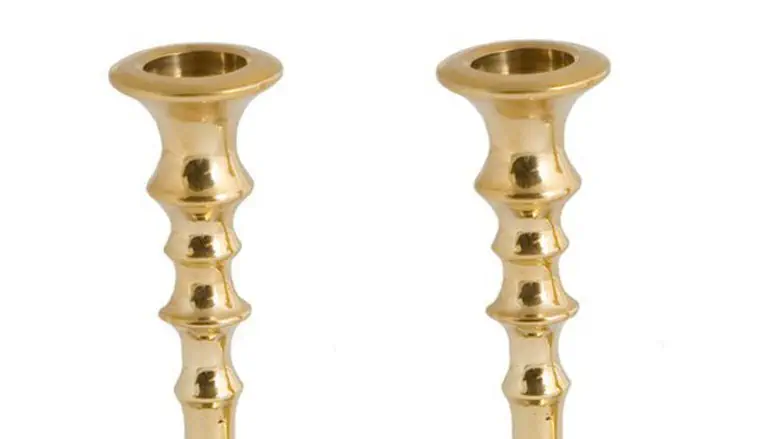
Esther wasn’t the only Jew who had to hide her Judaism and pretend to be part of the non-Jewish world around her. To hidden Jews across the ages, the Purim story wasn’t history, it was personal.
There’s only one reason why a Jew would need to hide his religion: Because it was too dangerous to be open about it. This meant hiding not only Jewish souls, but also physical reminders of Jewishness like Judaica. Stashed in basements, concealed behind false walls, and covertly removed from perilous places Jewish ritual objects had to be stay a secret. Purim is the perfect time to reflect on hidden Jews across the ages.

The most famous hidden Jews of history are the Marrano Jews of Spain, also called Anusim or crypto-Jews. These Jews outwardly converted to Christianity during the Spanish Inquisition, but secretly continued to observe Jewish laws and rituals as much as possible. Not surprisingly, there is now an active community in the US of their descendants.
Did you know that there were crypto-Jews in America and England, too? After the Jews had been expelled from England in 1290, a small group remained. They hid their Judaism and pretended (mostly successfully) to be part of the Christian society around them, until the year 1656 when Oliver Cromwell, then ruler of England, permitted Jews to return to the country. None came at the time, but the small community of Sephardic Jews living in London revealed their true religion.
As for America’s hidden Jews, they are descendants of Spanish Marranos who fled to the New World to escape the long arm of the Spanish Inquisition. Unlike the crypto-Jews of England, the New World Marranos didn’t openly practice Judaism again even after the threat of the Inquisition lifted. Few families returned to full observance, but they didn’t lose their secret Jewish customs, either.
Inevitably, most hidden Jews forgot the traditions and laws of regular Jewish life, but they never forgot their own hidden rituals, like lighting candles in a cupboard on a Friday night. Recently, dozens of families in New Mexico used genetic testing to confirm that their unusual customs have a common cause: Secret Judaism.
A small village in the Spanish countryside has a unique tradition. On one evening near Easter, the entire village goes out into the fields and eats a type of unleavened flatbread; they no longer remember why.

Caption: Passover matzah is a strictly Jewish tradition
In the 20th century, Jews were hidden during the Holocaust. After the war, Rabbi Shlomo Carlebach went searching for Jewish children who had were hidden in monasteries and convents by desperate parents. Often the Christian authorities denied that they had any Jewish children. With the children themselves too young to know their own identity, it was hard to prove which ones were Jewish.
Rabbi Carlebach found a solution: He would enter the buildings and recite ‘Shema Yisrael’ in a loud voice. Every time, the young Jewish children suddenly broke down crying, finishing the words with him.
You can hide a Jew, but you can’t hide a Jewish soul.
To crypto-Jews, Judaica symbols were very significant, as long as they were small enough to be kept secret. They kept tight hold of special ritual items, although nothing that was obviously Jewish. Tefillin or jewelry with Jewish symbols would have been too dangerous to own during the Inquisition.
 P.R.
P.R.Caption: Nobody is afraid to wrap tefillin in Israel!
But many of New Mexico’s crypto-Jewish families own heirloom silver candlesticks or special knives for slaughtering animals for meat. They’re things which seem like regular household items, but like crypto-Jews themselves, they hide a special purpose. The Israel Museum’s collection illustrates how much Judaica and ritual objects have adapted and changed throughout the diaspora, no doubt in part due to assimilation of style, but also to hide the Jewish identity of these objects.
There is something within us that keeps alive our Jewish identity. Why else are Shabbat candlesticks so precious an heirloom? These Judaica items help anchor our souls to our heritage. Candlesticks can be buried and found, inherited and passed on, just like Esther and other hidden Jews like her, who were buried among the other nations but never lost.